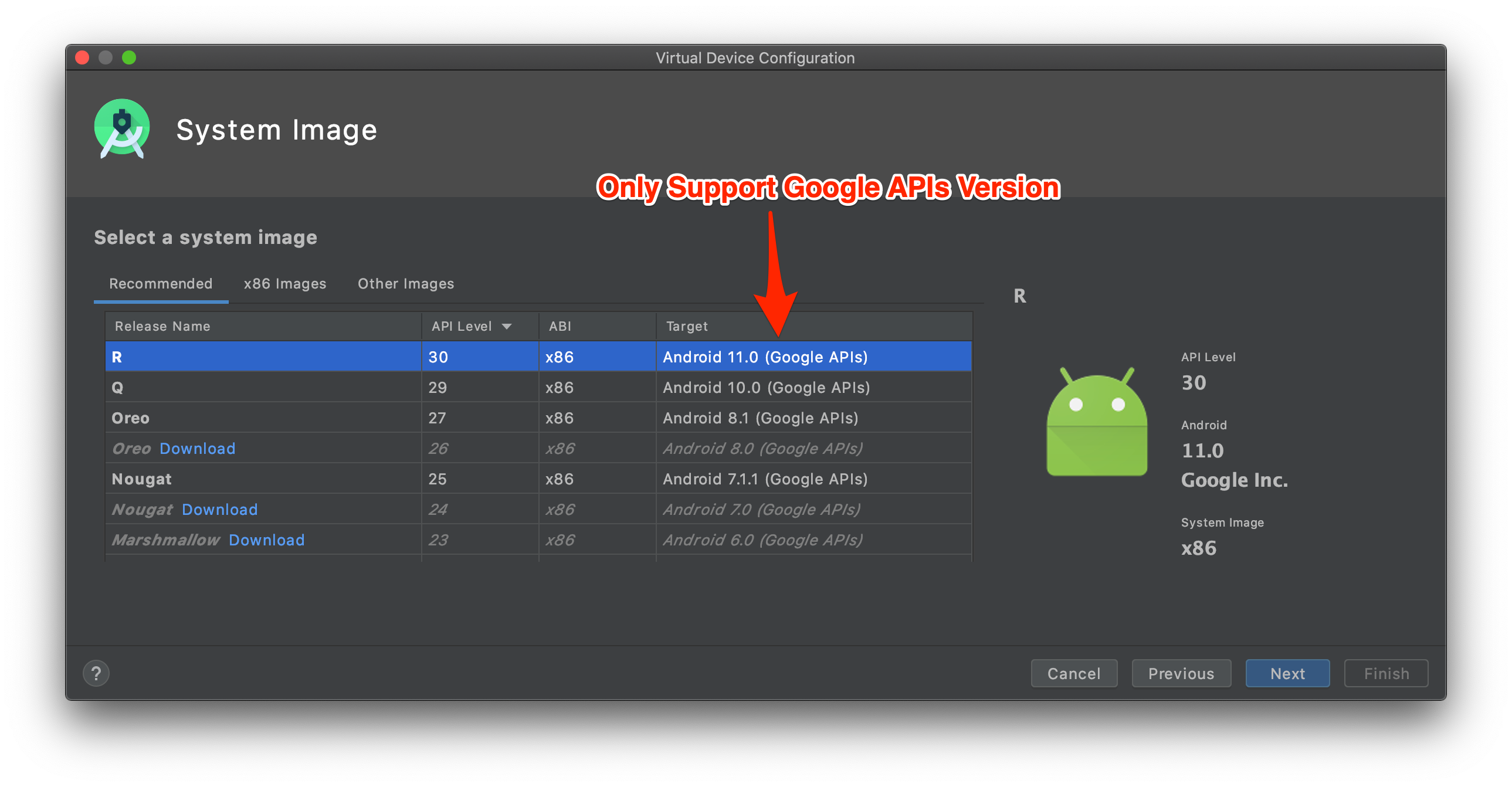

In the lower section of the next window under "System variables," look for the "Path" row.Click "Environment Variables." towards the bottom of the window that just opened.
 Search for "system environment" in the Windows 10 Start search and select "Edit the system environment variables" from the results. If you want to be able to just open a command window and start using ADB without navigating to your platform-tools folder first, you'll need to add the folder to your Windows path (note that Nexus Tools takes care of that automatically for you): Alternatively, there's an open-source universal driver if you don't want to go through the hassle of finding the correct one for your device. If you computer doesn't recognize your phone, you may need to install its respective Windows USB driver additionally. A list with attached devices should show up. Then you can start using ADB - connect your phone and try. Open a command window in the folder by holding shift and right-clicking in an empty spot in the folder and selecting "Open command prompt/PowerShell here" in the menu. Extract the ZIP file into a folder you can easily remember (like C:/platform-tools).
Search for "system environment" in the Windows 10 Start search and select "Edit the system environment variables" from the results. If you want to be able to just open a command window and start using ADB without navigating to your platform-tools folder first, you'll need to add the folder to your Windows path (note that Nexus Tools takes care of that automatically for you): Alternatively, there's an open-source universal driver if you don't want to go through the hassle of finding the correct one for your device. If you computer doesn't recognize your phone, you may need to install its respective Windows USB driver additionally. A list with attached devices should show up. Then you can start using ADB - connect your phone and try. Open a command window in the folder by holding shift and right-clicking in an empty spot in the folder and selecting "Open command prompt/PowerShell here" in the menu. Extract the ZIP file into a folder you can easily remember (like C:/platform-tools). 
Download the SDK platform tools for Windows from the Android Developers website.If you prefer to set up ADB and the platform tools on Windows manually for some reason, we've got you covered: You have to open the Windows PowerShell from the start menu (you can simply search for it) and paste the following command: iex ((New- Object ).DownloadString('https: ///corbindavenport/nexus-tools/master/install.ps1'))

On Windows, you'll need to go a slightly different path. The script also works for the latest Macs with the M1 chip (using the Rosetta compatibility layer) and Linux on Chromebooks (here's how to enable Linux on Chrome OS).








 0 kommentar(er)
0 kommentar(er)
